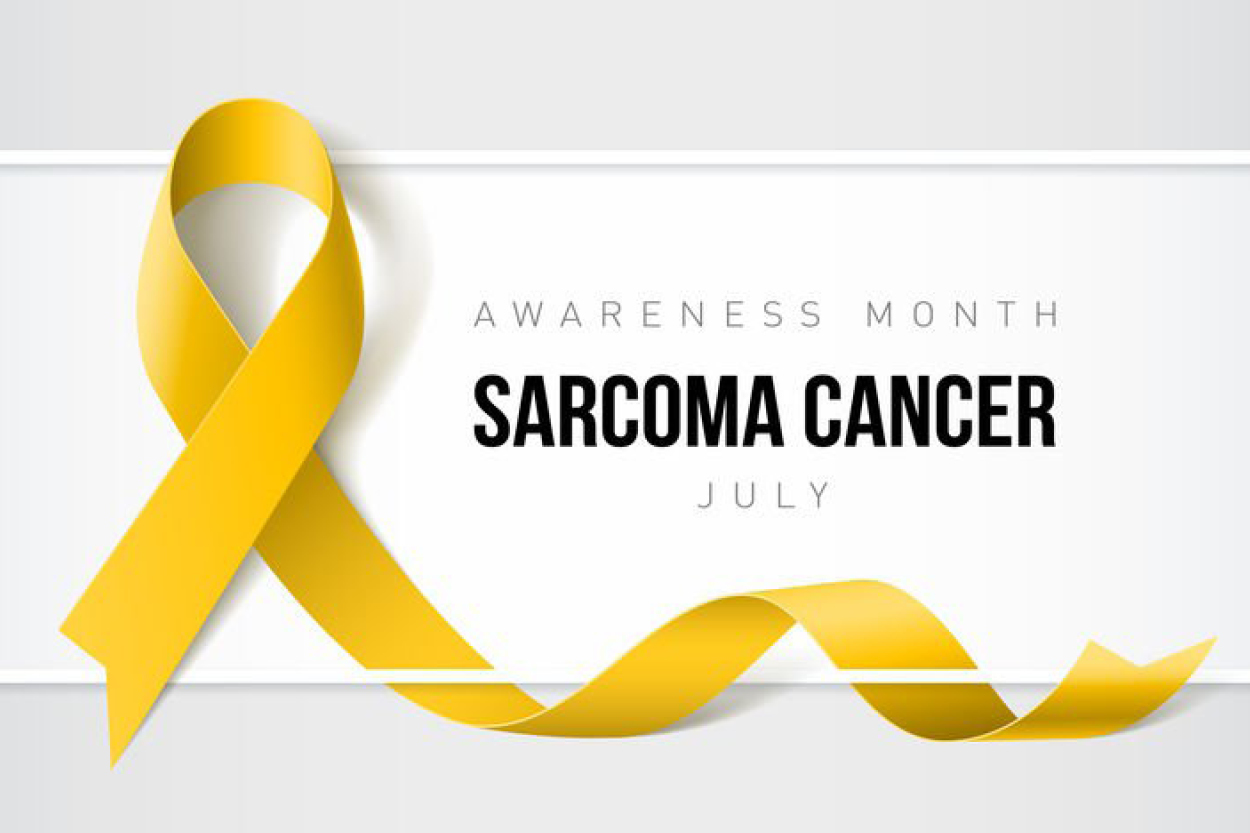Sarcoma & Bone Cancer
Sarcomas, often referred to as the "forgotten cancer" due to their rarity, originate in the bone, muscle, connective tissue, blood vessels, or fat, and can occur anywhere in the body.
Bone sarcomas are infrequent, with 2,890 new cases reported annually in the United States. In adults, sarcomas comprise only 1% of all cancer diagnoses. While bone cancer can develop in any bone, it predominantly affects the pelvis or the long bones of the arms and legs. However, it is relatively more common among children. Each year, approximately 1,500 to 1,700 children in the U.S. are diagnosed with a bone or soft tissue sarcoma, accounting for approximately 15% of cancers in individuals under the age of 20.
Bone cancer can be categorized into three main types:
Chondrosarcoma: A rare cancer that typically starts in the bones but can occasionally occur in the soft tissue surrounding the bones.
Ewing Sarcoma: A rare cancer that arises in bones or the soft tissue surrounding them.
Osteosarcoma: The most prevalent type of bone cancer, originating from cells that form bones.
Notable signs and symptoms of bone cancer include:
-
Bone pain
-
Swelling and tenderness near the affected area
-
Weakened bone leading to fractures
-
Fatigue
-
Unintentional weight loss
Although the cause of most bone cancers remains unknown, a small portion has been linked to hereditary factors, while others are associated with prior radiation exposure.
Treatment options for bone cancer depend on factors such as the specific type and stage of the cancer, overall health, and patient preferences. Typically, a combination of chemotherapy and surgery is the primary course of treatment.


